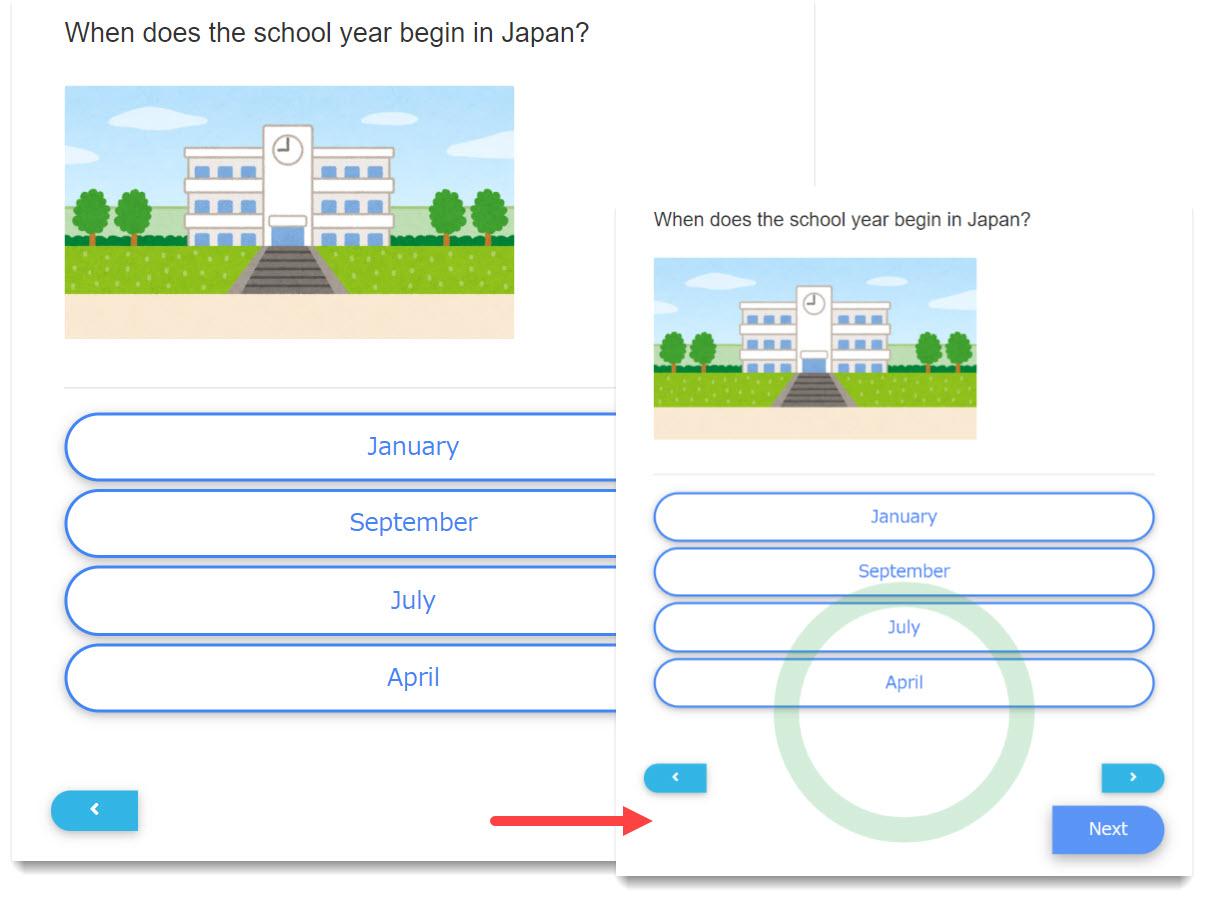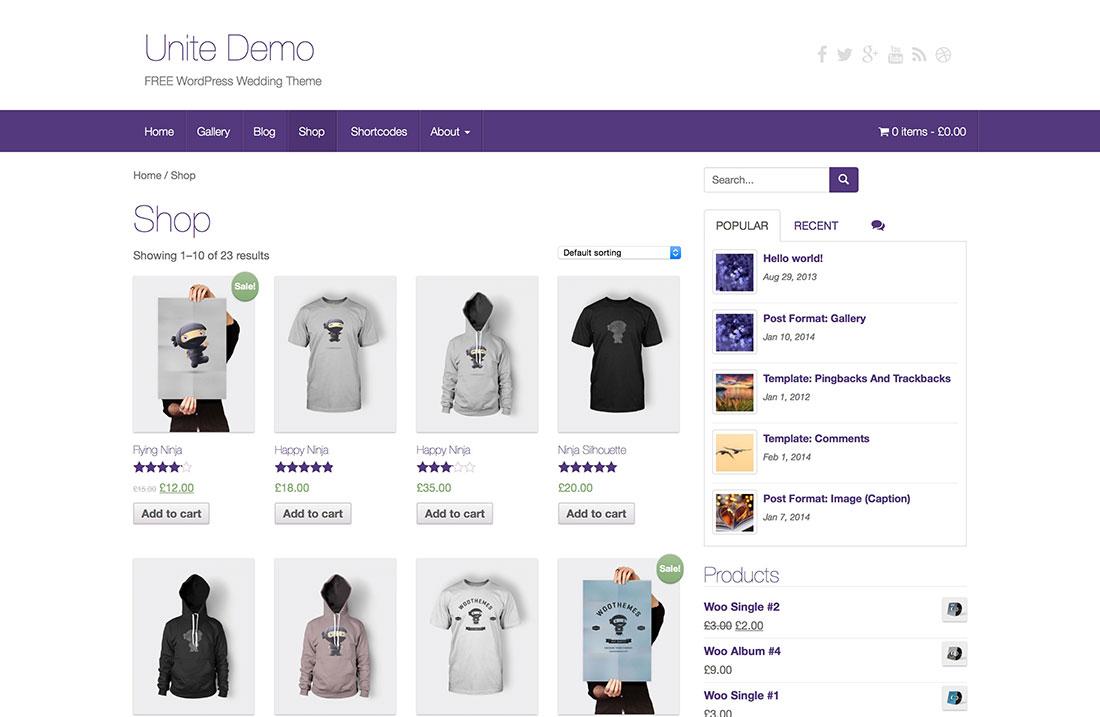Are you ready to take your online courses to the next level? In today’s digital learning habitat, engaging students requires more than just text and videos. One of the most effective ways to capture attention and enhance understanding is through multi-format questions. Imagine transforming a standard quiz into an interactive experience that keeps learners on their toes, encourages critical thinking, and caters to different learning styles. Whether it’s mixing multiple-choice questions with scenario-based challenges or incorporating drag-and-drop activities, the possibilities are endless! In this article, we’ll explore how to create compelling multi-format questions that not only assess knowledge but also foster a deeper connection with the material. Let’s dive in and make your online courses more dynamic and enjoyable for everyone!
Understanding the Importance of Multi-Format Questions in Online Learning
in the evolving landscape of online education, the design of assessments plays a pivotal role in enhancing student engagement and retention. Multi-format questions, which include a variety of question types such as multiple-choice, true/false, short answer, and essay, cater to diverse learning styles and preferences. By incorporating different formats, educators can create a more inclusive environment that encourages all students to participate actively.
Benefits of Multi-Format Questions:
- Varied assessment techniques: Using multiple formats allows educators to assess students’ knowledge comprehensively. As an example, while multiple-choice questions can evaluate recall, essay questions can measure critical thinking and synthesis skills.
- Enhanced Engagement: varied question types can break the monotony of a traditional assessment, making the process more engaging for students. This keeps learners motivated and attentive throughout the course.
- Immediate Feedback: With formats like quizzes, students can receive instant feedback, allowing them to understand their misconceptions quickly. This can lead to improved learning outcomes and confidence.
Moreover, the use of multi-format assessments encourages students to develop a broader range of skills. For instance, short answer questions can promote concise writing and articulation of thoughts, while project-based assessments can foster creativity and collaboration. By integrating thes elements, educators can better prepare students for real-world challenges.
When crafting your multi-format questions, consider a structured approach to ensure clarity and effectiveness. A useful strategy could be organizing your questions in a table format that aligns with your learning objectives. Here’s a simple example:
| Question Type | Purpose | Example |
|---|---|---|
| Multiple Choice | Assess basic knowledge | What is the capital of France? |
| True/False | Evaluate understanding of concepts | The Earth is flat. (True/False) |
| Short Answer | Encourage critical thinking | Explain the significance of photosynthesis. |
| Essay | Assess analysis and synthesis | Discuss the impact of technology on education. |
embracing multi-format questions in online learning is not just about variety; it’s about enriching the educational experience. By understanding and implementing different question types, educators can create assessments that not only evaluate knowledge but also foster a deeper understanding and appreciation for the subject matter. This, in turn, leads to a more dynamic and effective learning environment for all students.
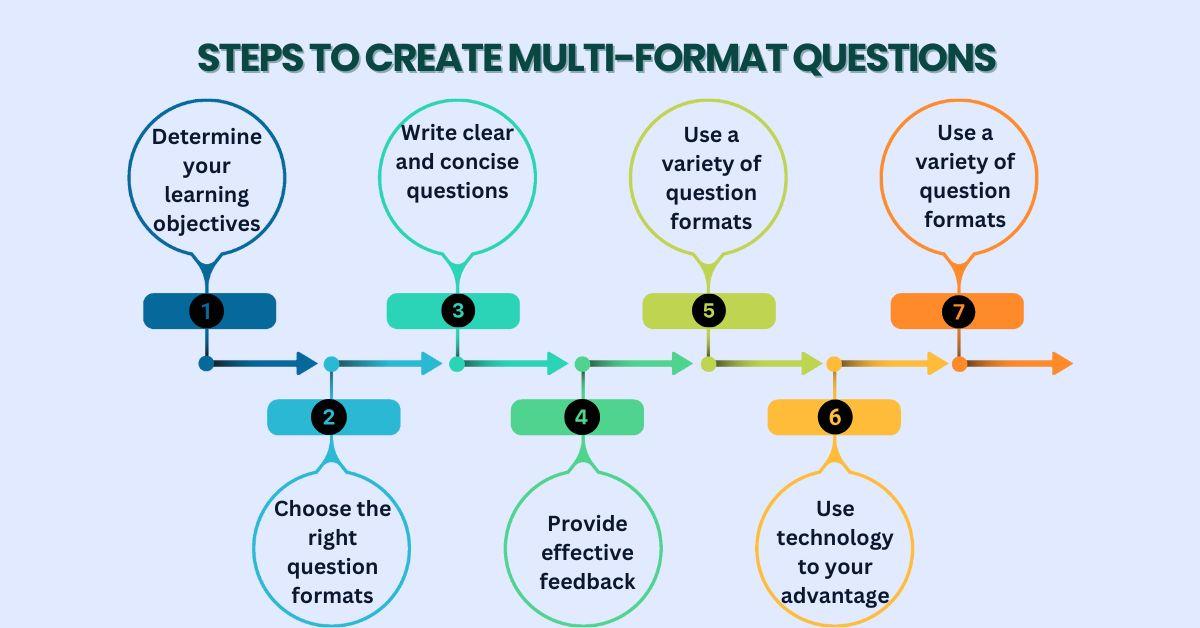
Exploring the Different Types of Multi-Format Questions
When designing online courses, incorporating various types of multi-format questions can considerably enhance learner engagement and assessment accuracy. Each question type serves a unique purpose and caters to different learning styles,making the experience richer and more interactive.
Multiple Choice Questions (MCQs) are perhaps the most common format. They allow learners to select the correct answer from a list of options,promoting quick recall and comprehension. To make them more engaging, consider adding visuals or situational contexts. For example:
| Question | Options |
|---|---|
| What is the capital of France? |
|
True/False Questions provide a straightforward way to test learners’ understanding of specific statements. These questions can be effective in assessing foundational knowledge. However, adding a brief explanation after the question can help reinforce learning. As a notable example:
- Statement: The Great Wall of China is visible from space. Answer: false (Myth; it’s not visible without aid).
Short Answer Questions encourage learners to articulate their understanding in their own words. This format promotes critical thinking and deeper learning. to use this type effectively, provide clear prompts that guide learners on what details to include while allowing for creativity.
Drag-and-Drop Questions can add a fun, interactive element to your assessments. By allowing learners to match terms with definitions or arrange steps in a process, you can make the learning experience more dynamic and engaging. Such as,using a drag-and-drop format to organize historical events in chronological order can be both challenging and educational.
Essay Questions can be invaluable for evaluating higher-order thinking skills. They require learners to synthesize information,defend their opinions,and reflect on their learning. While this format requires more effort in grading, it offers insights into learners’ thought processes and can be a great way to assess complex topics.
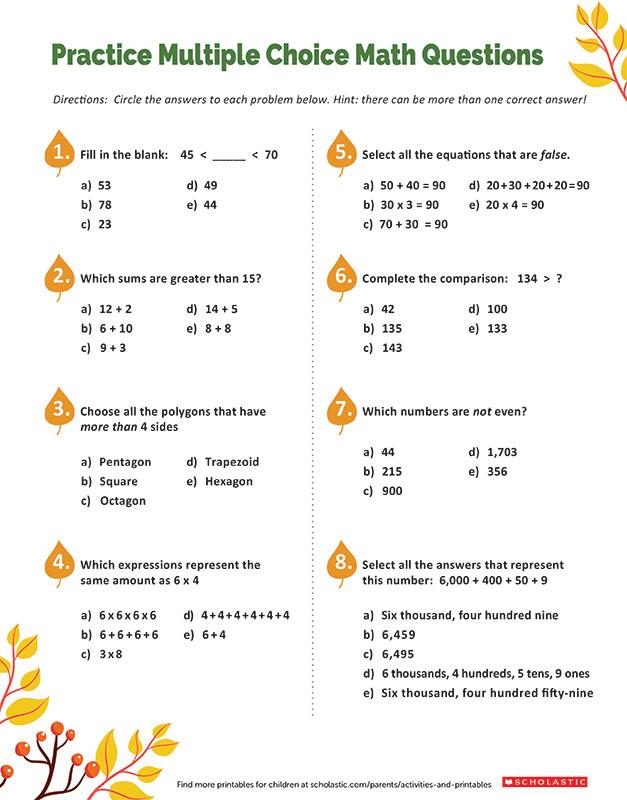
Crafting Engaging Multiple-Choice Questions that Challenge Learners
Creating effective multiple-choice questions is an art that combines pedagogical principles with creativity. To ensure your questions are not only engaging but also challenging, consider the following strategies:
- Use Real-World Scenarios: Frame questions around practical situations that learners may encounter in their field. This approach makes the content relatable and encourages critical thinking.
- Incorporate Distractors Wisely: craft plausible distractors that reflect common misconceptions. Avoid obvious wrong answers, as they can undermine the challenge and learning opportunity.
- Vary Question Formats: Mix straightforward questions with those requiring deeper analysis. For example, some questions might ask for definitions, while others could involve interpreting data or case studies.
Another effective technique is to incorporate adaptive learning principles. Design questions that can adjust in difficulty based on the learner’s previous responses. This not only maintains engagement but also personalizes the learning experience, allowing learners to truly grasp the material at their own pace.
Consider using a table to present results or feedback after a quiz, helping learners visualize their performance. Here’s a simple structure you could implement:
| Question No. | Your Answer | Correct Answer | Status |
|---|---|---|---|
| 1 | A | B | Incorrect |
| 2 | C | C | Correct |
| 3 | B | A | Incorrect |
invite learners to explain their reasoning for choosing a particular answer in a follow-up activity. this not only reinforces their learning but also provides you with valuable insights into their thought processes,allowing for further refinement of your course materials. By implementing these strategies, your multiple-choice questions will not only test knowledge but also enhance the overall learning experience.

Designing Effective True or False Questions to Test Knowledge
Creating True or False questions can be an effective way to assess a learner’s knowledge, but it requires a thoughtful approach. One of the key components in designing these questions is clarity. Each statement should be straightforward and unambiguous, avoiding complex language or overly technical jargon that might confuse learners.
Consider the following tips for crafting effective True or False statements:
- Focus on Core Concepts: Each question should target essential information that reflects the primary learning objectives of your course.
- Avoid Double Negatives: Phrasing like “It is not uncommon” can throw students off.Stick to simple, positive forms.
- Balance Statements: Strive for an equal mix of true and false questions to prevent patterns that might give away the answers.
It’s also beneficial to incorporate context into your statements.Such as, instead of saying “The earth revolves around the sun,” a more engaging question might be, “In our solar system, it is true that the earth revolves around the sun in an elliptical orbit.” This approach not only tests factual knowledge but also reinforces the surrounding concepts.
To illustrate the effectiveness of this method, consider using a simple table to track your statements and their corresponding truth values:
| Statement | True/False |
|---|---|
| The Great Wall of China is visible from space. | False |
| Water freezes at 0 degrees Celsius. | True |
| Humans share 50% of their DNA with bananas. | True |
after creating your questions, it’s crucial to evaluate their effectiveness. Solicit feedback from peers or conduct a pilot test with a small group of learners. This process can reveal potential misunderstandings and provide insights into how the questions can be refined for clarity and engagement. By prioritizing clear dialogue and context, you can create True or False questions that genuinely test and reinforce learners’ knowledge.
Creating Open-Ended Questions that encourage Critical Thinking
Crafting open-ended questions is an essential element in fostering critical thinking among learners, particularly in online courses. These questions invite students to explore complex ideas, articulate their thoughts, and engage deeply with the material. To accomplish this, it’s crucial to design questions that are not only provocative but also encourage reflection and discussion.
when formulating these types of questions, consider using the following strategies:
- Start with “How” or “Why”: Questions that begin with these words typically require deeper analysis, pushing students to justify their reasoning.
- Connect to real-world scenarios: Relating questions to current events or practical situations makes them more relevant and engaging for learners.
- Encourage multiple perspectives: Ask questions that allow for various viewpoints, prompting students to consider and respect differing opinions.
To illustrate the difference between closed and open-ended questions, consider the following table:
| Closed-Ended Question | Open-Ended Question |
|---|---|
| Did you like the course? | What aspects of the course did you find most engaging, and why? |
| Is climate change real? | How do you think climate change impacts both the environment and society? |
another effective approach is to incorporate prompts that relate to students’ personal experiences. This not only makes the material more relatable but also helps learners connect emotional and intellectual components in their responses. Consider asking:
- “Reflect on a time when you faced a challenge similar to what we discussed. How did you approach it?”
- “In what ways have your beliefs changed after engaging with this content?”
ultimately, the goal is to create an environment where students feel encouraged to think critically, share their unique perspectives, and engage in meaningful dialogue. By employing these techniques, you’ll stimulate a richer learning experience that transcends basic comprehension and nurtures analytical skills.
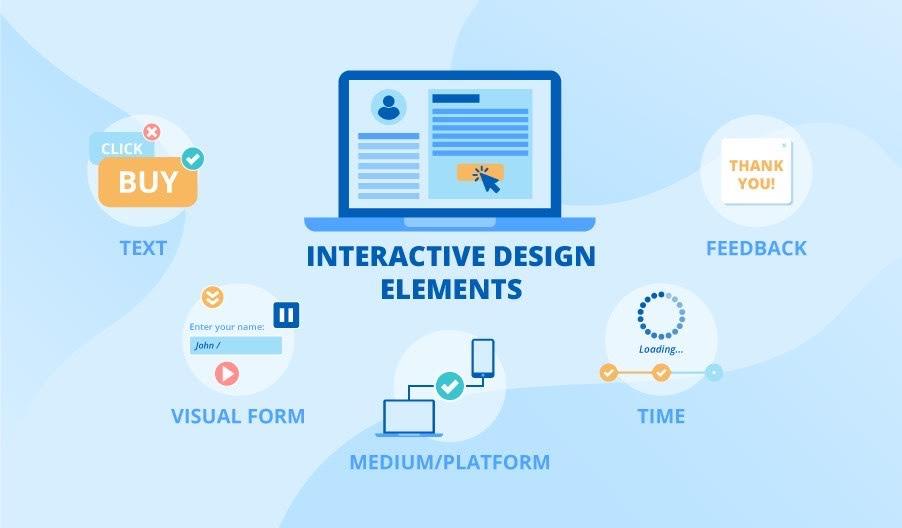
Incorporating Interactive Elements for Enhanced Engagement
Adding interactive elements to your online courses is a game-changer for boosting engagement and enhancing learning outcomes. When students interact with course materials, they become active participants rather than passive recipients of information.This not only keeps their attention but also helps reinforce their understanding of the subject matter. Here are some effective ways to incorporate interactive elements:
- Quizzes and Polls: Utilize short quizzes or polls throughout your course. This can gauge understanding and encourage students to reflect on what they’ve learned.
- Discussion Forums: Create spaces where learners can share ideas and ask questions. This promotes a sense of community and allows for knowledge exchange.
- Interactive Simulations: Incorporate simulations that allow learners to practice skills in a safe environment. This hands-on approach can significantly enhance retention.
Another powerful way to enhance engagement is by integrating multimedia elements. Videos, infographics, and podcasts can cater to different learning styles and keep the content fresh and exciting. As a notable example, embedding short instructional videos can break down complex concepts, making them easier to understand. Consider the following benefits of multimedia:
- Visual Learners: Graphics and videos help grasp information quickly.
- Auditory Learners: Podcasts or voiceovers cater to those who absorb information better through listening.
- Kinesthetic Learners: Interactive activities allow for hands-on experiences that reinforce learning.
To further enhance interactivity, you might want to implement gamification strategies. Adding game-like elements such as points,badges,and leaderboards can create a fun and competitive learning environment. Here’s a simple table highlighting potential gamification features:
| Feature | Description |
|---|---|
| Points System | Reward learners for completing tasks or quizzes. |
| Badges | Acknowledge achievements with digital badges. |
| Leaderboards | Encourage amiable competition by displaying top performers. |
Lastly, consider using branching scenarios where learners can make choices that influence outcomes. This not only keeps learners engaged but also allows them to see the real-world applications of their decisions. By creating scenarios related to the course content, students can explore and navigate through different paths, enhancing critical thinking and problem-solving skills.

utilizing Multimedia in Questions to Cater to different Learning Styles
Embracing multimedia elements in your question design not only enhances engagement but also addresses the varying learning preferences of your students.consider how visual learners benefit from diagrams or infographics that summarize complex information, while auditory learners thrive on questions that incorporate audio clips or podcasts. By mixing formats, you create a more inclusive environment that fosters understanding and retention.
To create effective multi-format questions, think about integrating the following elements:
- Videos: Pose questions that require students to watch a short clip and then analyze or reflect on its content.
- Images: Use relevant photos or illustrations to prompt questions about visual details or context. Encourage students to describe what they see.
- Audio: Incorporate audio samples that relate to your course material. Ask students to listen and then answer comprehension questions based on what they hear.
- Interactive Elements: Tools like quizzes or polls can make questions more engaging, inviting real-time participation.
When designing these questions, it’s critically important to maintain clarity and focus. A good practice is to use a consistent format so that students know what to expect, but vary the content type. below is a simple framework to consider:
| Question Format | Learning Style Targeted | Example Question |
|---|---|---|
| Video Analysis | Visual, Auditory | What key points did the speaker emphasize in the video? |
| Image Prompt | Visual | Describe the main features of the image presented. |
| Audio Clip | Auditory | What specific argument did the speaker make regarding the topic? |
| Interactive Quiz | Kinesthetic | Which scenario best illustrates the concept we discussed? |
By thoughtfully incorporating these multimedia elements into your questions, you cater to each student’s unique way of processing information. This not only enhances their learning experience but also encourages deeper engagement with the material, leading to better outcomes. As an educator,your goal should be to create an environment where every learner feels valued and capable of success,and a multi-format approach to questioning is a powerful tool to achieve that.

Balancing Difficulty Levels to Keep Students Motivated
When it comes to online courses, maintaining student motivation can be a juggling act, especially when considering the varying difficulty levels of questions. Striking the right balance is essential to ensure learners remain engaged without feeling overwhelmed. By offering multi-format questions, you can cater to different skill levels and preferences, which not only enhances the learning experience but also promotes sustained motivation.
Variety is Key: Incorporating a range of question formats can help meet the diverse needs of your students. Consider using:
- Multiple-choice questions for quick assessments of knowledge
- Short answer questions to encourage critical thinking
- True/false questions to reinforce basic concepts
- Scenario-based questions that apply learning to real-world situations
- Interactive quizzes that offer instant feedback
By mixing formats, you can create a well-rounded assessment strategy that keeps students on their toes. as a notable example,starting with easier multiple-choice questions can definitely help build confidence before transitioning into more complex scenarios that require deeper understanding. This gradual increase in difficulty can keep learners motivated as they feel they are making tangible progress.
Adaptive Learning Paths: Implementing adaptive learning paths can further personalize the experience. By analyzing student performance data, you can adjust the difficulty of questions dynamically. For example, if a student excels at basic concepts, you can automatically present them with more challenging questions, while those who struggle can be guided back to foundational material. This tailored approach not only boosts engagement but also fosters a sense of achievement.
Feedback and Encouragement: Don’t underestimate the power of timely feedback.Provide students with constructive insights after each assessment,highlighting their strengths and areas for improvement. Encouragement can take many forms, such as rewarding progress with badges or certificates, which can be particularly motivating. Additionally, maintaining an open line of communication allows students to express their concerns and seek help when needed, thus enhancing their overall learning experience.
Balancing difficulty levels is not just about creating a challenge; it’s about creating an environment where students feel supported and engaged. By integrating diverse question formats and adaptive learning strategies, you can foster a more motivating and effective online learning atmosphere that inspires students to strive for continuous improvement.
Gathering Feedback and Iterating on Your Questions for Continuous Improvement
Gathering feedback is essential for refining your multi-format questions. By actively seeking input from your learners, you can identify which types of questions resonate best and which ones may need adjustments. Consider implementing different methods for collecting feedback:
- Surveys: Create short, anonymous surveys at the end of each module to ask learners how they felt about the questions presented.
- Discussion boards: Encourage learners to discuss their thoughts on the effectiveness of the questions in a designated forum.
- Direct feedback: Use real-time polls during live sessions to gather immediate reactions to questions posed.
Once you have collected feedback, it’s crucial to analyze the data thoughtfully.Look for trends in responses—are certain question formats consistently favored? are ther specific questions that learners found confusing or unengaging? Utilize these insights to iterate on your existing questions. This iterative process not only enhances the learners’ experience but also contributes to the overall quality of your course.
To streamline this process, consider creating a feedback loop that integrates seamlessly into your course structure. Such as, you might introduce a specific module dedicated to reflection, where learners can share their thoughts on the questions and activities. This encourages a culture of open communication and continuous improvement.
Additionally, collaborating with peers or mentors can provide fresh perspectives on your questions. Organize brainstorming sessions where you discuss your question formats and gather insights from others in the field. This exchange of ideas can lead to innovative questions that you might not have considered alone, thereby enriching the learning experience for your students.
Lastly,remember to keep your revisions focused. Prioritize tweaks that enhance clarity and engagement. Here’s a simple table to help prioritize your revisions based on feedback:
| Feedback Type | Action to Take | Priority Level |
|---|---|---|
| High confusion on question format | Revise format for clarity | High |
| Low engagement with certain types | Experiment with new formats | Medium |
| Positive feedback on interaction | Enhance and expand similar questions | Low |
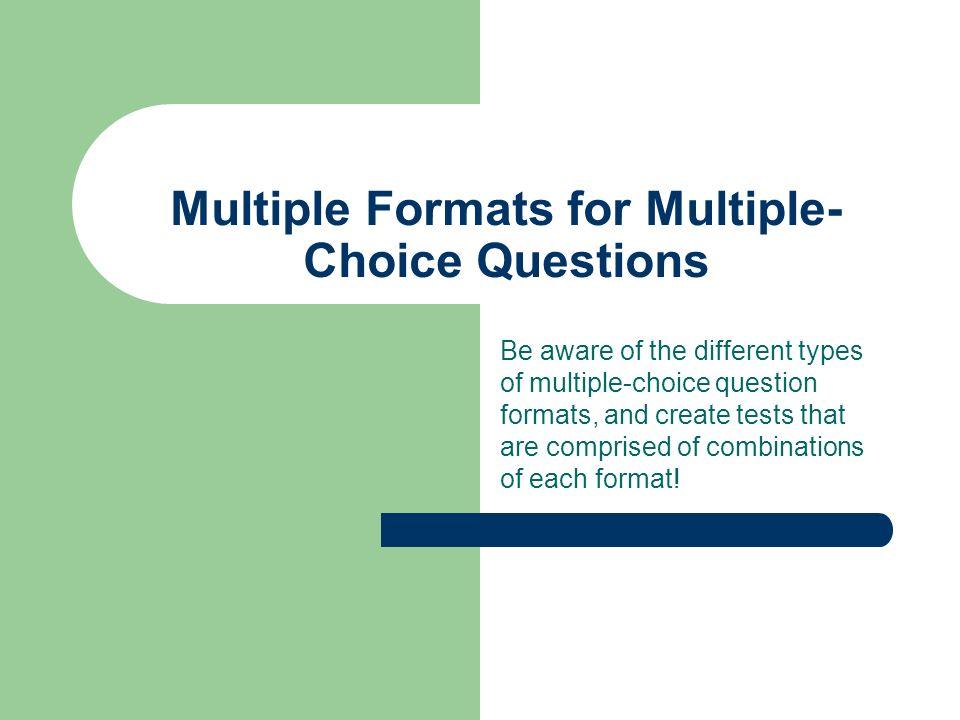
best Practices for Implementing Multi-Format Questions in Your Online Course
When it comes to enhancing learner engagement and assessment effectiveness, integrating multi-format questions can be a game-changer.These questions not only cater to diverse learning styles but also challenge students to think critically and apply their knowledge in various ways. To effectively implement multi-format questions in your online course, consider the following best practices:
- Understand Your Audience: Tailor your questions to meet the needs and preferences of your learners. Consider conducting a survey or using analytics to gauge their preferred learning styles, such as visual, auditory, or kinesthetic.
- mix Formats Strategically: Combine different types of questions like multiple-choice, drag-and-drop, and open-ended questions.This not only keeps learners engaged but also allows them to demonstrate their knowledge comprehensively.
- Provide Clear Instructions: Ensure that your questions are straightforward and include clear instructions. Ambiguity can lead to confusion and frustration, diminishing the effectiveness of your assessments.
- Incorporate Real-World Scenarios: Use case studies or real-life examples in your questions to make assessments relevant. This approach encourages students to apply theoretical knowledge to practical situations,enhancing retention and understanding.
Create a balanced assessment by considering the cognitive load of your questions. Too many complex questions can overwhelm learners, so mix simpler questions with more challenging ones to maintain engagement. Here’s a simple table to illustrate a balanced approach:
| Question Type | Examples | Purpose |
|---|---|---|
| Multiple Choice | What is the capital of France? | Assess basic knowledge |
| Drag-and-Drop | Match terms with their definitions | Test understanding of relationships |
| Open-Ended | Explain the importance of enduring practices. | Encourage critical thinking |
don’t forget to evaluate and iterate on your multi-format questions. After each course, gather feedback from students about the question formats they found most engaging and the aspects they found challenging. Use this feedback to refine your questions and improve the overall learning experience.
By following these best practices, you can create a dynamic and interactive online learning environment that not only tests knowledge effectively but also fosters a deeper understanding and appreciation of the subject matter.
Frequently Asked Questions (FAQ)
Sure! Here’s a Q&A format for an article titled “How to Create Multi-Format Questions for Online Courses?” that uses a conversational and persuasive tone:
Q: Why should I consider using multi-format questions in my online courses?
A: Great question! Multi-format questions not only keep your learners engaged but also cater to different learning styles. Imagine a student who struggles with traditional multiple-choice questions but excels in true/false or fill-in-the-blank formats. By incorporating various question types, you can ensure a more inclusive and effective learning environment. Plus, it makes your assessments more dynamic and interesting!
Q: What are some examples of different question formats I can use?
A: There are several engaging formats you can experiment with! Consider using multiple-choice, true/false, matching, fill-in-the-blank, short answer, or even essay questions. Each format has its unique strengths—multiple-choice can assess broad knowledge, while essay questions allow students to express their thoughts in-depth. Mixing these formats can provide a thorough assessment of your students’ understanding.
Q: How do I determine which formats to use for my course content?
A: The key is to align the question formats with your learning objectives! Start by identifying what you want your students to achieve. For complex concepts,consider using short answer or essay questions that encourage critical thinking. If you’re looking to test recall, multiple-choice or true/false questions might be more suitable. Balance is essential; a mix of formats can cater to varying levels of comprehension.
Q: Are there tools or platforms that can help me create these multi-format questions?
A: Absolutely! Many online learning platforms,like Moodle,Canvas,or even Google Forms,offer robust features for creating diverse question types. These tools often come with built-in templates that make it easy to switch between formats. It’s worth exploring a few to find the one that best suits your course needs. Investing some time in mastering these tools can greatly enhance your course’s effectiveness!
Q: How can I ensure that my multi-format questions are effective and fair?
A: To create effective and fair questions, focus on clarity and relevance. Make sure each question directly relates to your course content and is free from ambiguity. It’s also crucial to pilot your questions with a small group of learners before launching them widely. Their feedback can help you refine your questions, ensuring they’re challenging yet fair. Remember, the goal is to assess understanding, not to confuse your students!
Q: What if students struggle with certain question formats? How should I address that?
A: Acknowledge that not all students will excel in every format, and that’s perfectly okay! Consider providing resources or tips on how to approach different question types.You could also create practice quizzes that allow them to familiarize themselves with the formats before the actual assessment.Creating an open dialogue about these challenges can foster a supportive learning environment.
Q: What’s the bottom line? why should I invest time in creating multi-format questions?
A: investing time in multi-format questions is an investment in your students’ success! It enhances engagement, supports diverse learners, and ultimately leads to a deeper understanding of the material.Plus, it keeps your assessments fresh and exciting. Remember, an engaging online course can make a world of difference in how learners perceive their educational journey. so, why not make it as effective as possible?
Feel free to expand or modify this Q&A to suit your article’s needs!
Final Thoughts
As we wrap up our journey into the world of multi-format questions for online courses, let’s take a moment to reflect on just how powerful this approach can be. By incorporating a variety of question types—whether it’s multiple choice, drag-and-drop, or short answer—you’re not just keeping your learners engaged; you’re also catering to different learning styles and improving knowledge retention.
Think about it: when you mix things up,you create a more dynamic learning environment that encourages participation and fosters deeper understanding. Plus, your students will likely appreciate the effort you’ve put into making their experience richer and more enjoyable.
So, why not take the plunge? Start experimenting with different formats and see how your course can evolve. Remember, it’s all about creating an engaging and effective learning journey for your students. They’ll thank you for it, and you might just discover some new favorites along the way!
Ready to elevate your online course to the next level? Dive into those multi-format questions and watch your learners thrive! Happy teaching!

